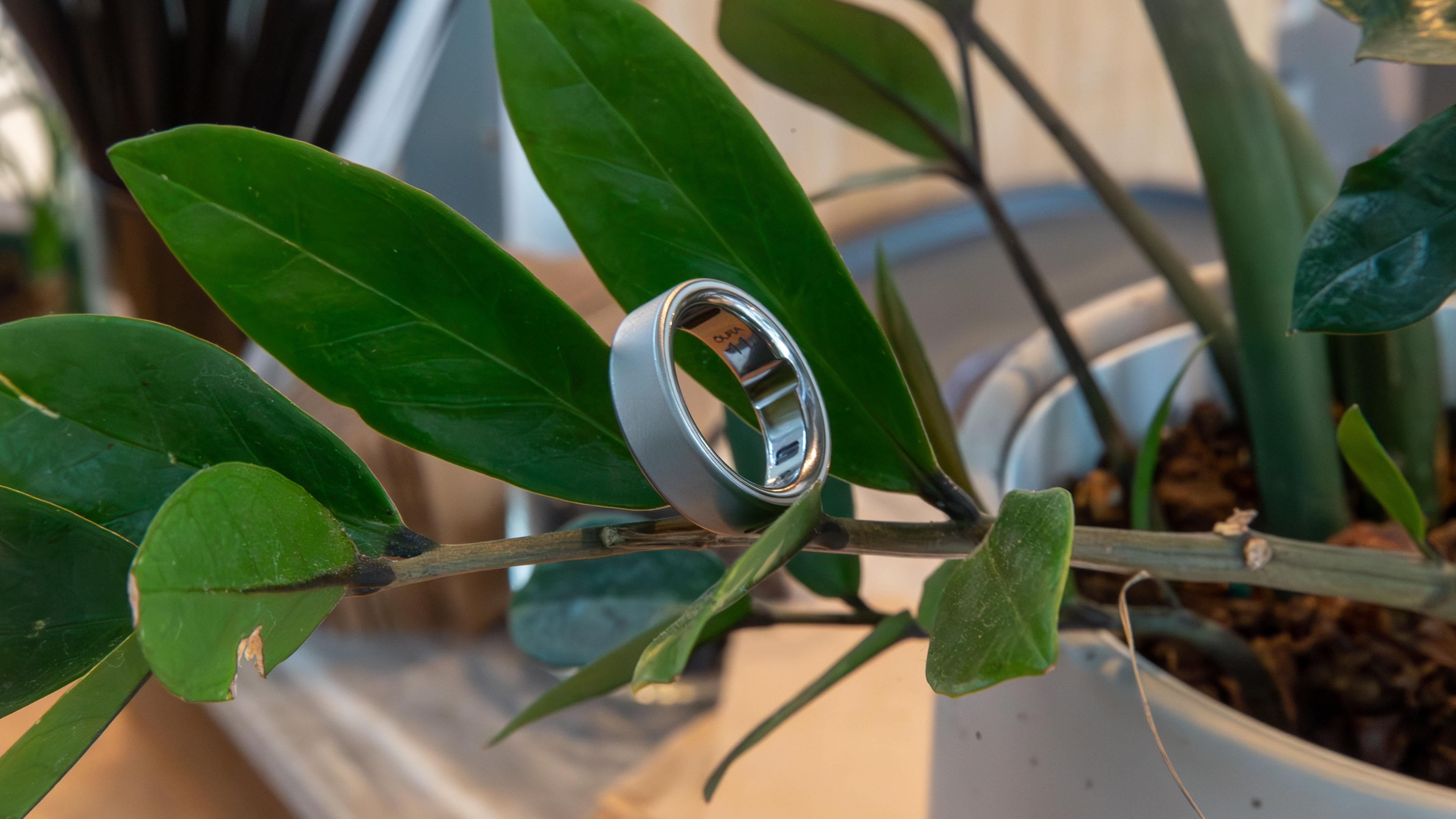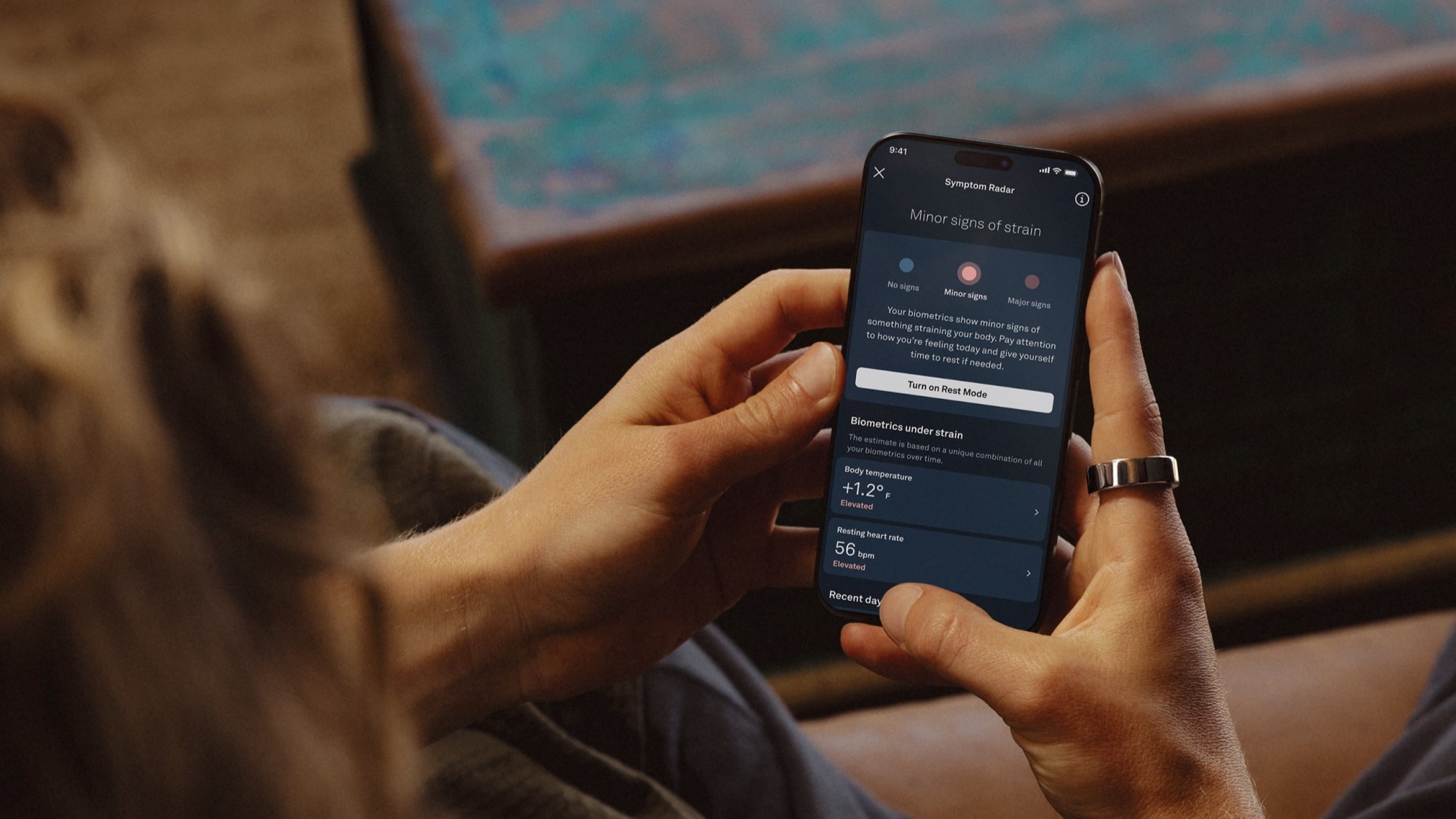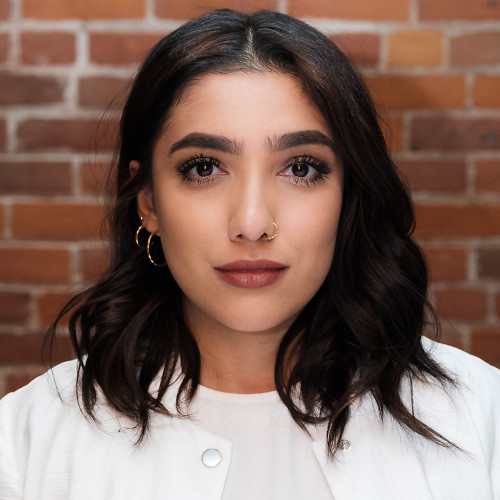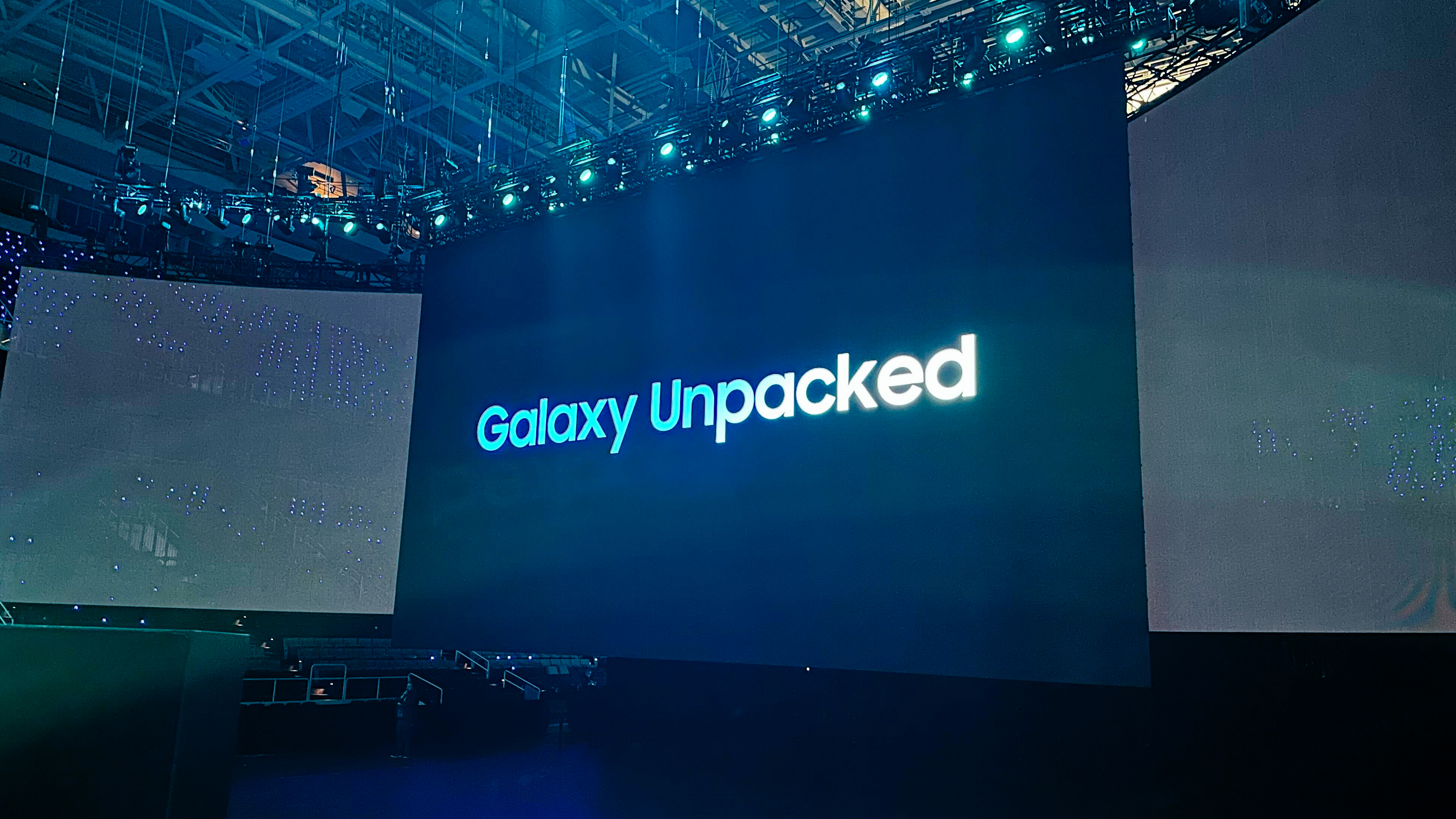The Oura Ring is about giving your body a voice, says Oura CEO
The passive smart ring speaks volumes when your body can't.


Off the Record is a weekly column written by Android Central's editor-in-chief. The column looks to expand and go in-depth on topics in the Android space without any limitations.
While Oura has been around for many years, it can be clearly noted that 2024 was its year of spearheading the smart ring movement. We saw many companies launch a version of what they think a smart ring should be, and of course, the Android giant Samsung even launched the Galaxy Ring.
I had the opportunity to sit down with the CEO of the Oura Ring, Tom Hale, to speak about the company, what it’s accomplished, and what the future holds, particularly for health and wellness tracking.
Hale told me it’s refreshing to see competition because it means that “you’re on to something that’s important and valuable.”
Presently, there are two companies leading the smart ring market, with Oura in the lead. An IDC report on smart rings indicated that Ultrahuman is the second largest brand and that in the full year of 2023, global ring sales totaled 880,000 “with Oura representing 80% and Ultrahuman in second with 12%.” By 2028, IDC forecasts that 3.2 million units will be sold equating to a year-over-year growth of 29.5%.
Samsung launched the Galaxy Ring last summer, and IDC indicated that at the time of publication (October 2024), the early reception was of moderate interest. But that being said, many of the larger players within the wearables space are watching Samsung Ring sales.
“[These companies] are exploring the possibility of producing their own smart rings. So should the Galaxy Ring prove to be a success, we will likely see many other players jumping into the market,” the report read.
Smart rings are for health, not fitness

I’ve been using the Oura Ring for almost two and a half years now. I started with the Gen 3 and then now I’m using the Oura Ring 4. The ring has completely changed the way I think about my health and body, and, more importantly, I’ve noticed that I am able to change and correct my path by doing things based on my stats.
Be an expert in 5 minutes
Get the latest news from Android Central, your trusted companion in the world of Android
After using the rings for some time, I think what most people fail to recognize is that a smart ring is a passive device that monitors your health. Yes it has features to track your fitness, but it’s more for monitoring health features like your heart rate, readiness, how you manage your stress, and women’s health.
Hale expressed that the ultimate vision for the Oura Ring is that it is a health tool for people.
“Our vision of the future of smart rings is bigger and bolder and badder than just the ring. I think about going beyond the ring,” he said.
Oura recently partnered with Dexcom, a glucose biosensing company, to help people improve their metabolic health. The plan is that Dexcom will help “the integration of Dexcom glucose data with vital sign, sleep, stress, heart health and activity data from Oura Ring…to provide users with a more complete picture of overall health.”
Hale expressed that Oura wants to help people understand more about their health across a wider range of metrics, and understanding glucose is the next step.
“[It’s] not just going to be one set of data. [It’s] going to be a set of data that is the most complete picture of your health,” he said.
To me, this is what a smart ring should be. Right now, when I check my Oura app to see my data, I can see and track the kinds of things that have triggered my stress or what has caused me not to have the greatest sleep. I can also track my ovulation, menstrual cycle, heart rate, and body temperature.
And now, with the launch of the new Symptom Radar feature, my ring can warn me about early signs of strain on my body, such as when I may start feeling under the weather or if I need to take extra rest when major changes take place in my regular data.
Understanding your data is not a game

What I appreciate the most about the Oura Ring is how it is a passive device. You wear it, it tracks your data and you get to monitor it at your own leisure. There aren’t any major notifications; there aren’t haptics and nothing to make you feel guilty.
This is why I think smart rings, in general, are not meant to be treated like an Apple Watch or a Pixel Watch but something to be used in tandem with these devices. One of the main purposes of a smartwatch is to help track your fitness and help you stay motivated. The Apple Watch, for example, will ping you to encourage you to close your movement rings for the day.
But while the gamification of a smartwatch makes sense, it’s not always the most de-stressing component of a wearable. One of the reasons why I stopped wearing an Apple watch was because of this. I was constantly being bombarded with notifications, and it really stressed me out to the point where my anxiety was at its highest. I think one of the reasons why I love the Oura Ring is that it’s incredibly passive and I can go in and check my stats at my own leisure.
Yes, I do get some notifications from Oura. For example, it'll ping me when it thinks I should start getting ready for bed for optimal sleep and when it thinks I’ve been sitting for too long and suggests stretching my legs. However, I do not find these notifications bothersome or stressful because Oura isn't focused on turning health and wellness into a game, and this is something I think the Oura Ring does much better than smartwatches.
In fact, Hale stated clearly that the future of Oura isn’t going to be about that gamification of your data and that the company will focus on features like Symptom Radar that help users become more in tune with their bodies and overall wellness.
“You’ll see us continuing to push innovations, but we always push innovations in the name of health, not in the name of gamification or getting you to engage more frequently…[we want you to] think about where your body is going and to give your body a voice.”

Shruti Shekar is Android Central's Editor-in-Chief. She was born in India, brought up in Singapore, but now lives in Toronto. She started her journalism career as a political reporter in Ottawa, Canada's capital, and then made her foray into tech journalism at MobileSyrup and most recently at Yahoo Finance Canada. When work isn't on her mind, she loves working out, reading, watching the Raptors, and planning what she's going to eat the next day.
You must confirm your public display name before commenting
Please logout and then login again, you will then be prompted to enter your display name.
